More than meets the eye
To make Champagne, one needs technique, equipment and know-how.
To make the best Champagne, Yvonne Belhomme also needs the best grapes, dedication and transferring emotions into each bottles.
-Grand Cru grapes are picked by hand
-Grapes transported only once: from the vineyard to the facilities
-Yvonne Belhomme aging time: 3 years
The Secrets Behind The Crafting Process
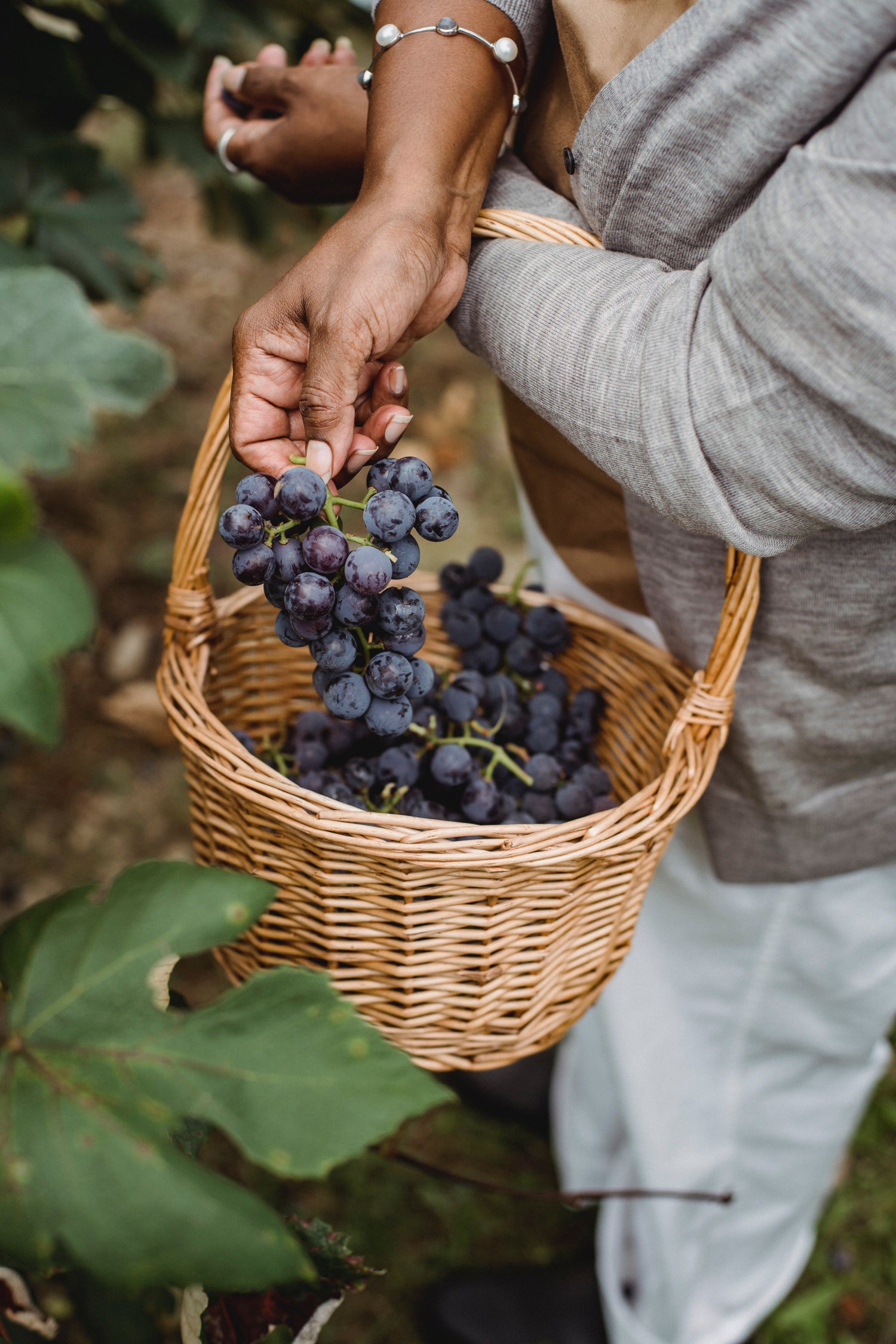
Harvest
The ripe grapes are carefully picked by hand, 100 days after the first blooms. The harvest happens in fall, lasts 3 weeks and is shortly followed by pruning the vineyards.
More than 100,000 pickers across Champagne are commissioned for this demanding and meticulous task.
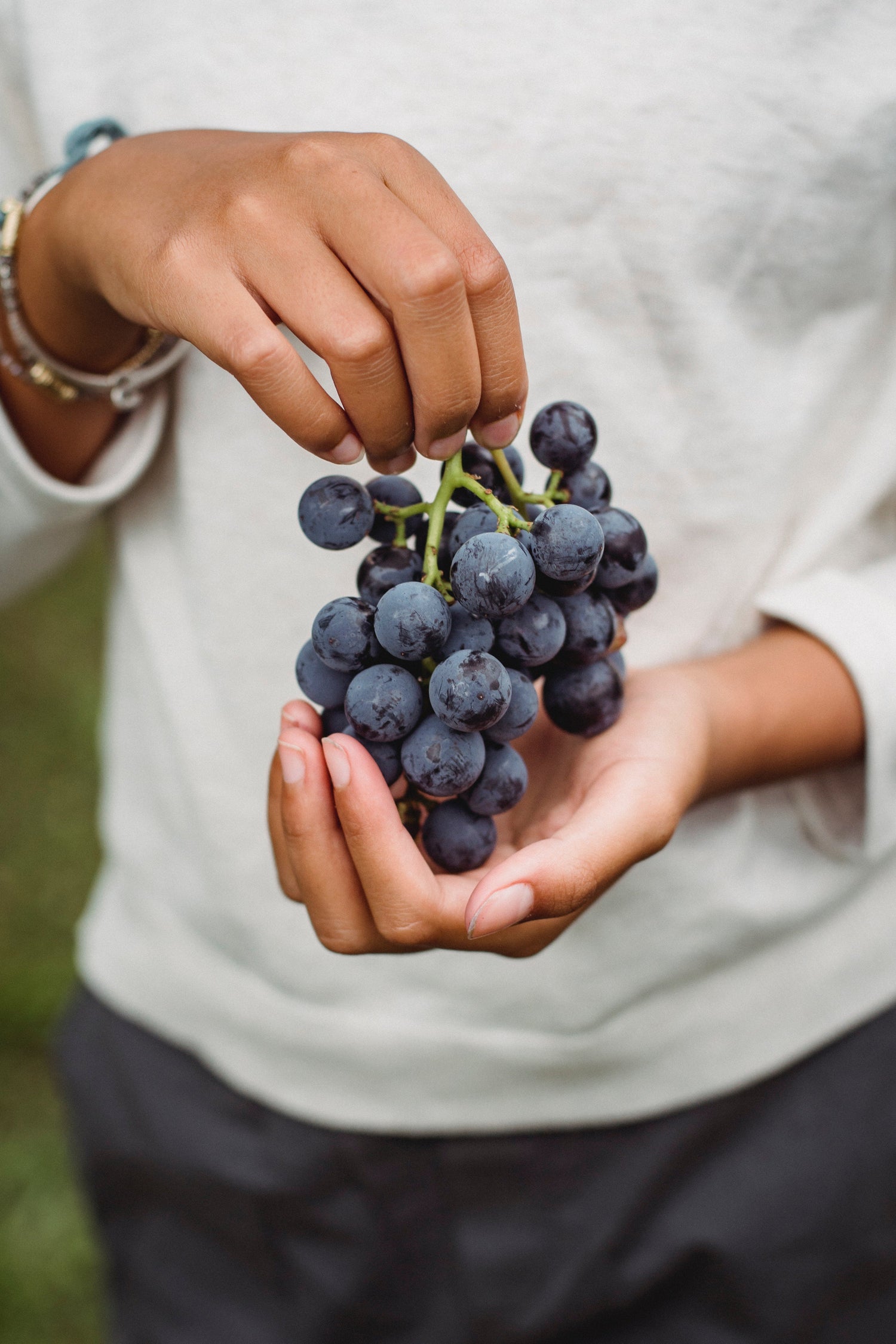
Two Presses
Immediately after harvest, the grapes are weighed and recorded into a Champagne log book before being tested for alcohol content and carefully pressed to extract 75% of the juice.
The second press extracts the remaining 25%, displaying less acidity and more fruity notes.
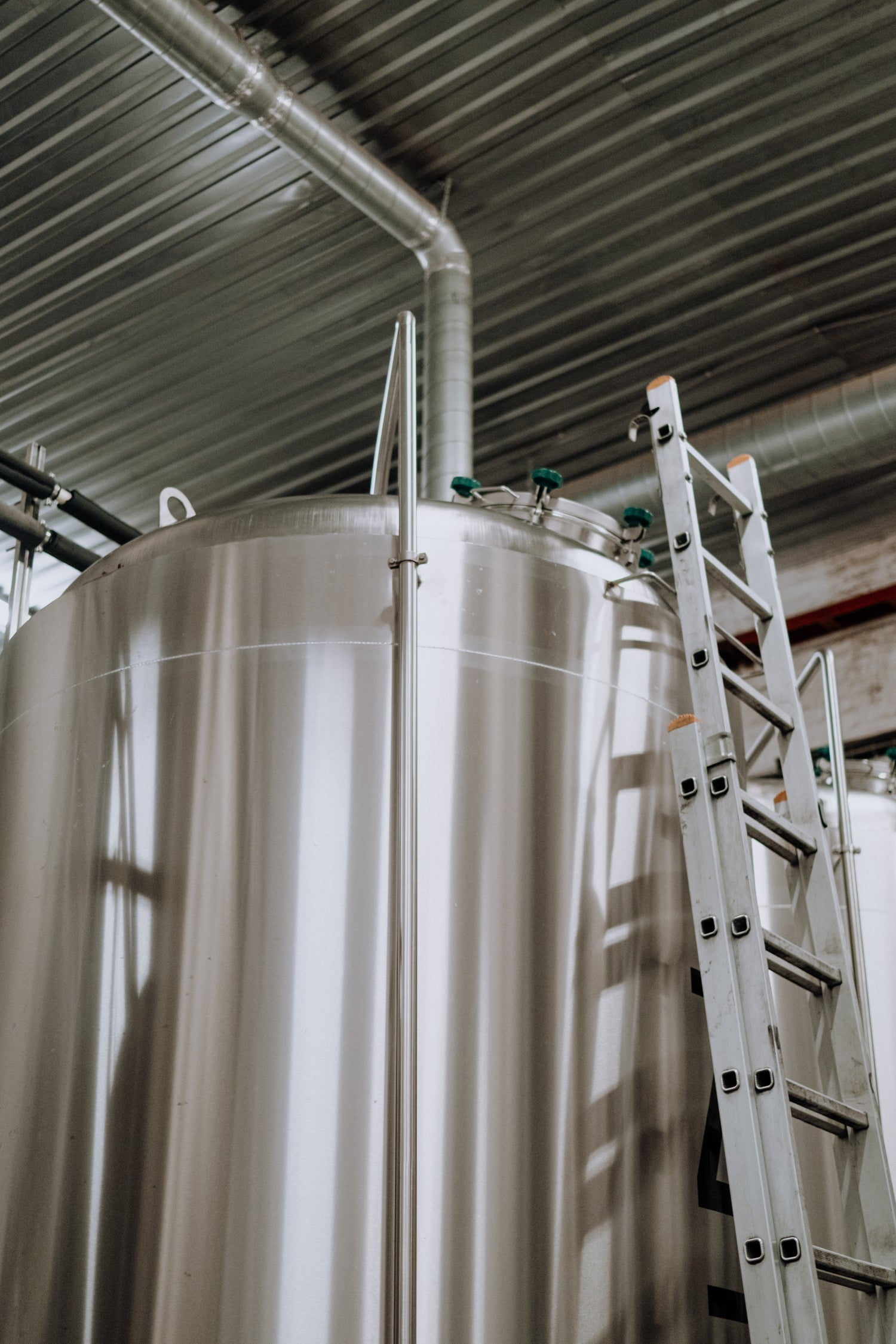
First Fermentation
The juice is transferred into tanks where the grapes' natural sugar ferments into alcohol. The base wine for each variety of grapes is created, Pinot Noir (red grape), Pinot Meunier (red grape) and Chardonnay (white grape).
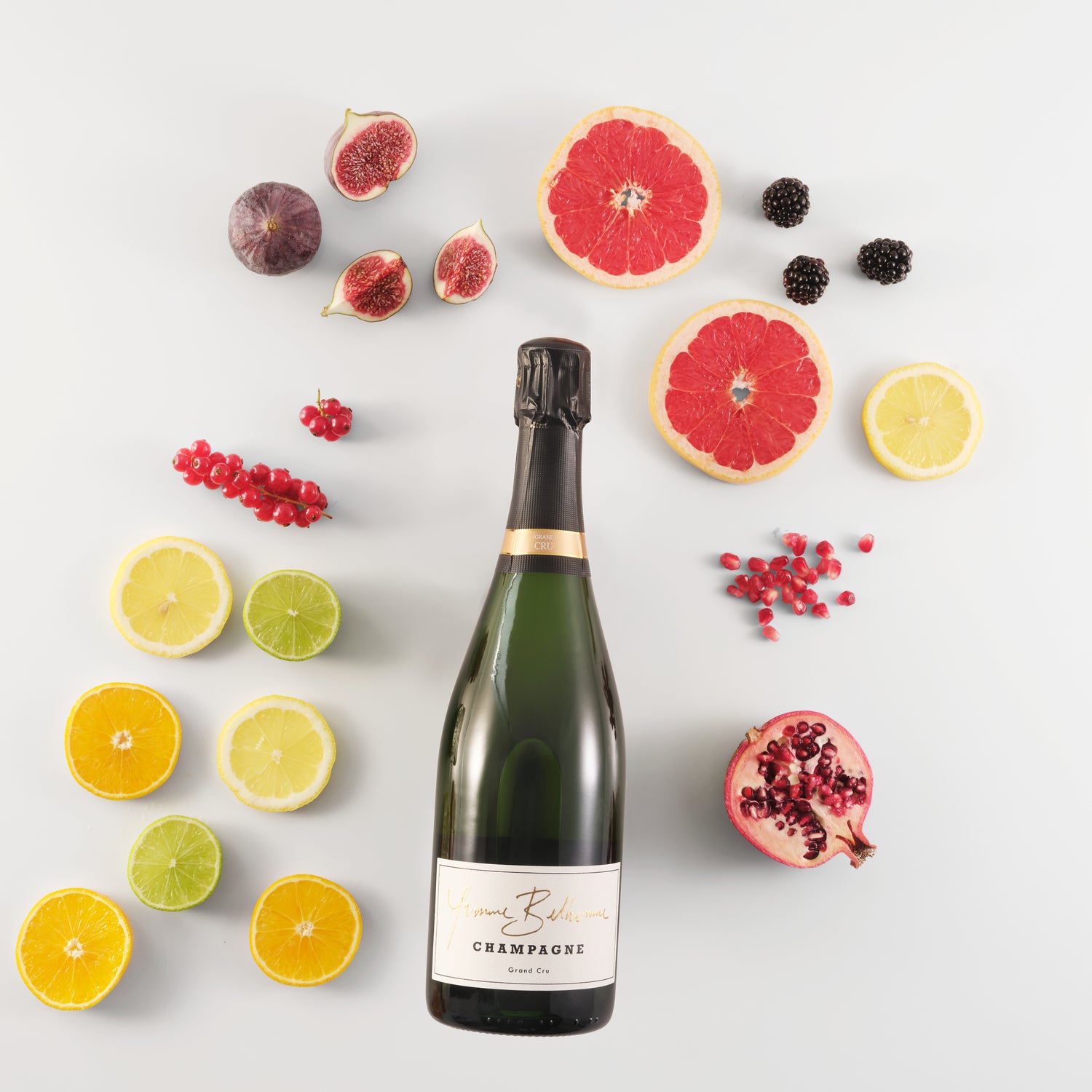
Assemblage
The Maître de Cave precisely combines the newly made wine with wines of past years (reserve wines) to achieve the most consistent quality and to retain the distinctive character of the house year after year.
The wine is then transferred to the bottles where the Champagne will mature before being available for consumption.
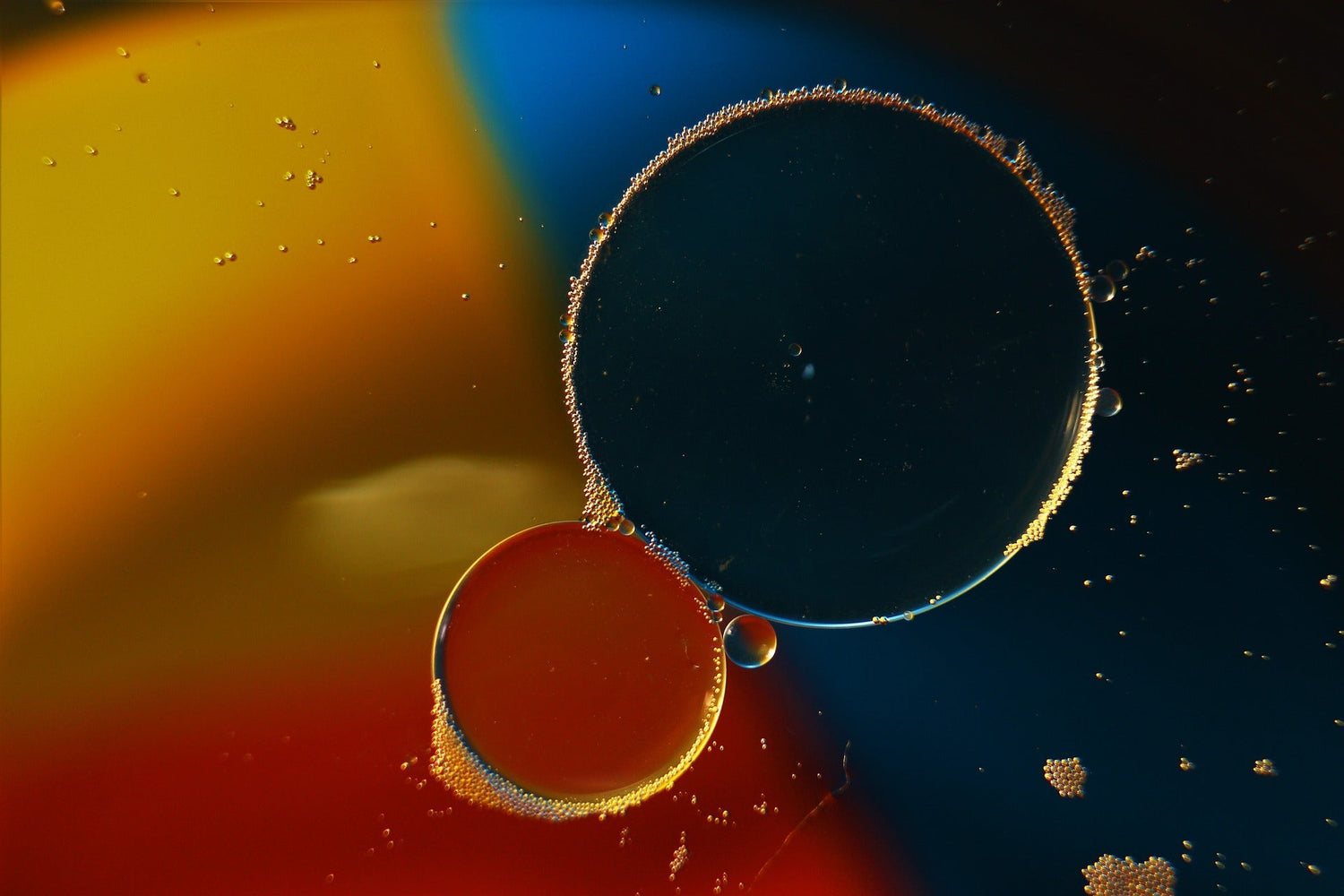
Second Fermentation
Yeast and liqueur de tirage are added and the mixture is sealed into Champagne bottles with crown caps. These are the bottles that will be available to the world once the Champagne is ready.
The bottles are then stacked and stored in chalk cellars for 6-8 weeks. The CO2 produced by the fermentation process is trapped, resulting in the creation of the bubbles.
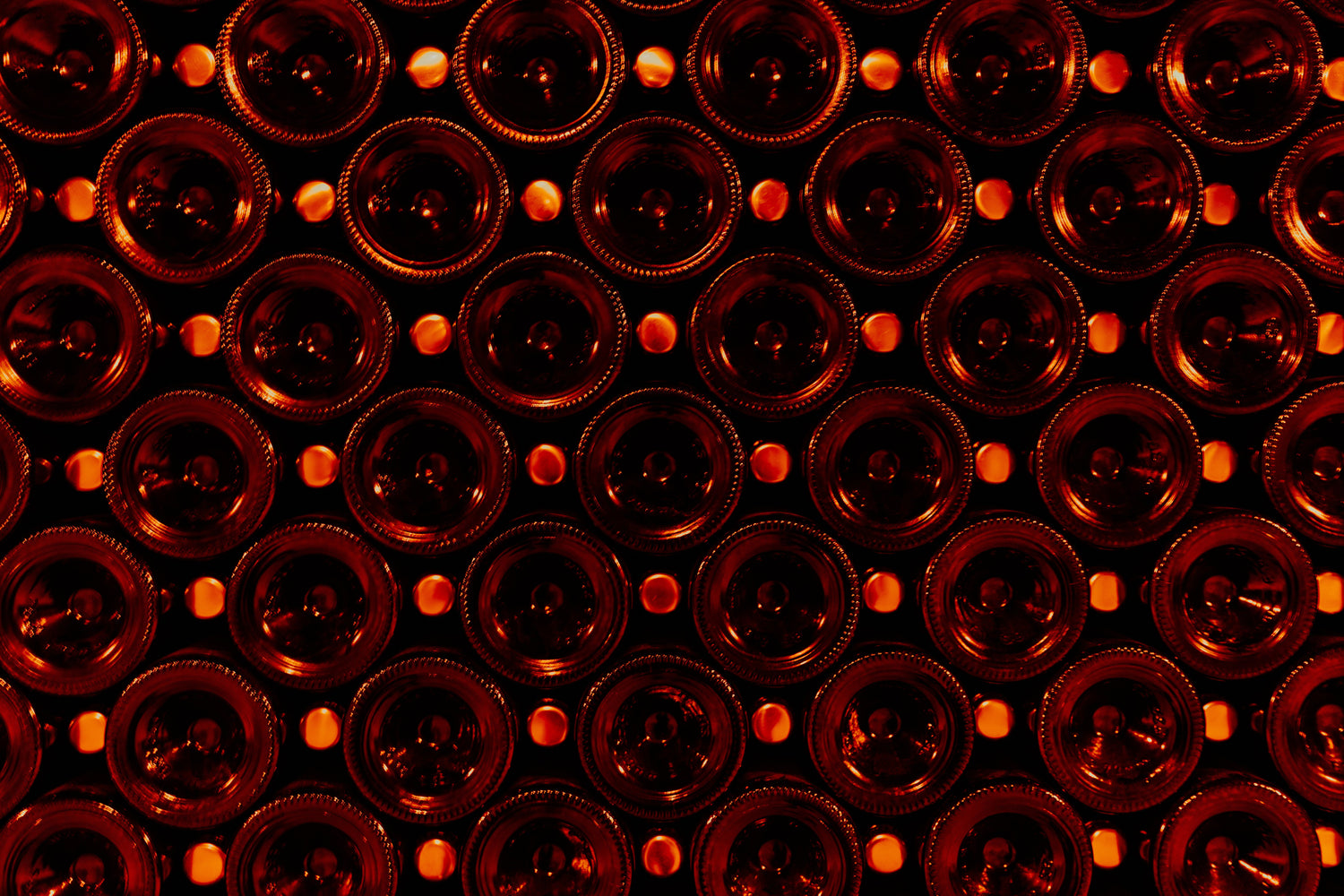
Ageing
The fermentation is complete once a deposit is formed on the walls of the bottle. The Champagne continues to mature for a minimum of 15 months to develop its complex character and aromas.
The ageing can last up to 3 years, leading to finer bubbles and enhanced palate.
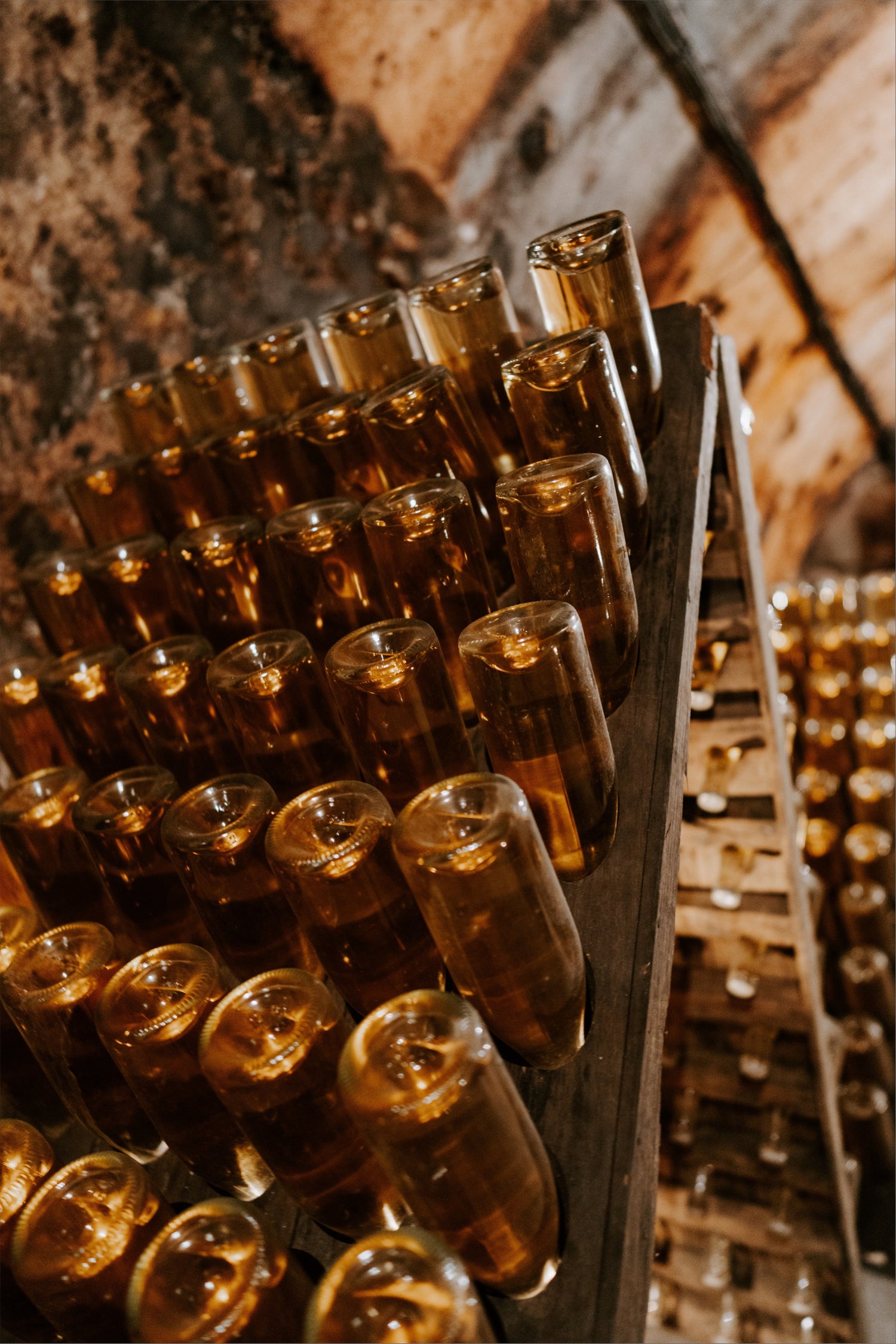
Remuage
The Champagne bottles are placed on A-frame racks, the neck angled downwards. Bottles are then rotated daily by 1/8th of a turn and gradually shifted to a vertical, neck-down position allowing the deposit to settle in the bottleneck. This process lasts 3 months.
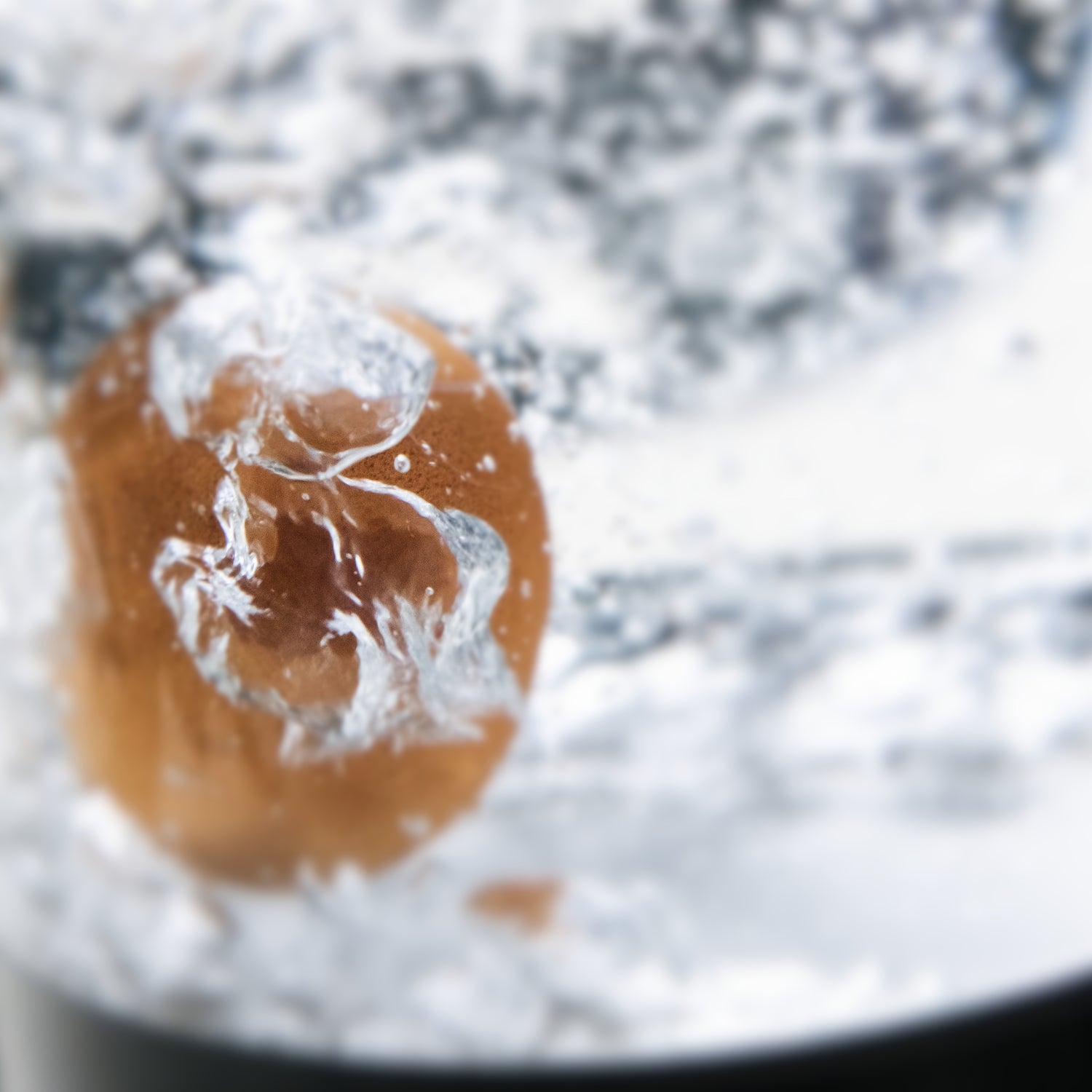
Disgorgement
The bottlenecks are plunged in a -30C solution where the deposit is trapped in an ice block.
The crown cap is then released and the built-up pressure expels the ice block out leaving only clear Champagne in the bottle.
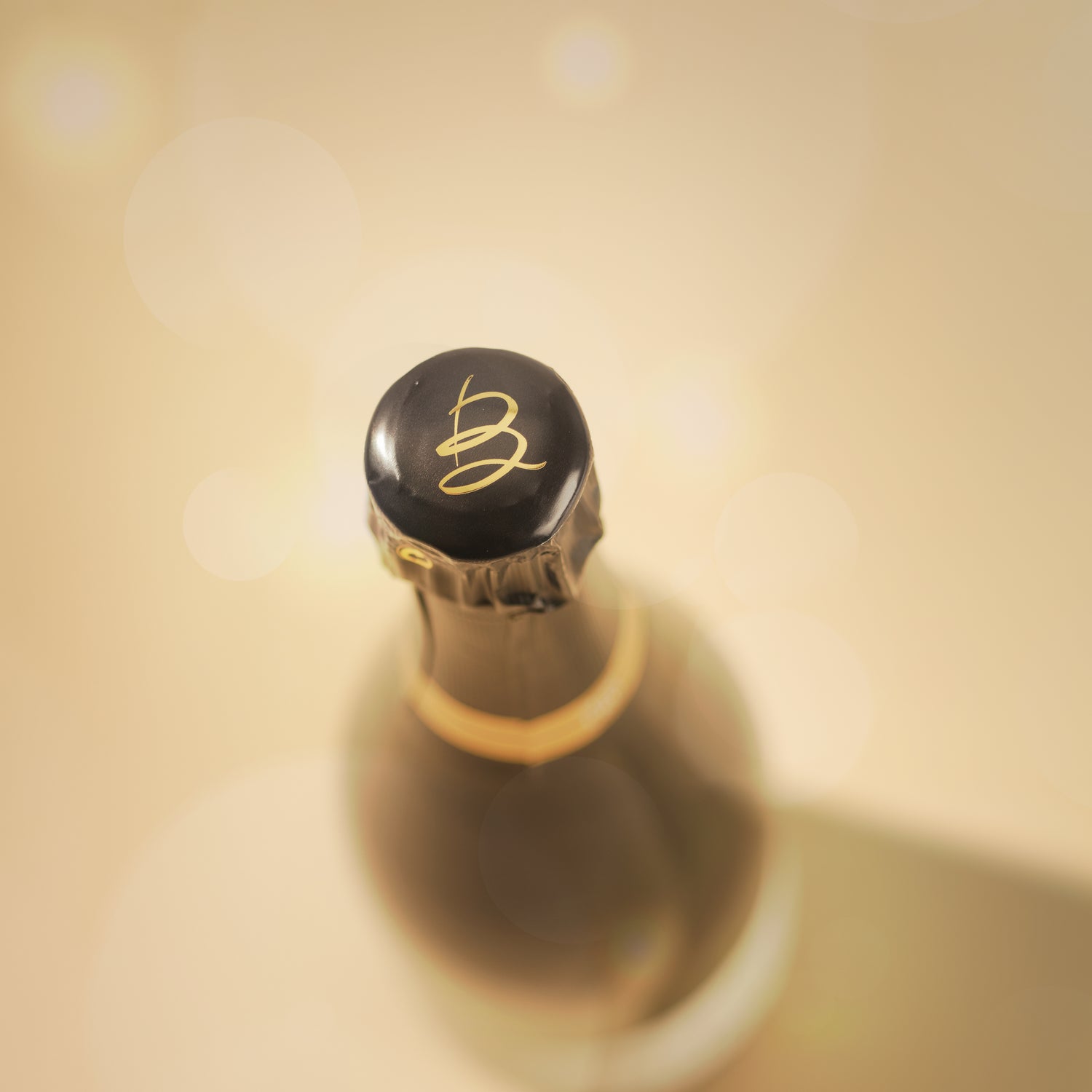
Dosage
To restore the Champagne balance and carbonation after the disgorgement, a "liqueur d'expedition" is added before the final corking.
The dosage establishes the final notes of the Champagne and its classification as Brut Nature, Extra Brut, Brut, Extra Dry, Dry, Semi-Dry or Doux. Then, the bottles rest for at least 2 months before being sold.












